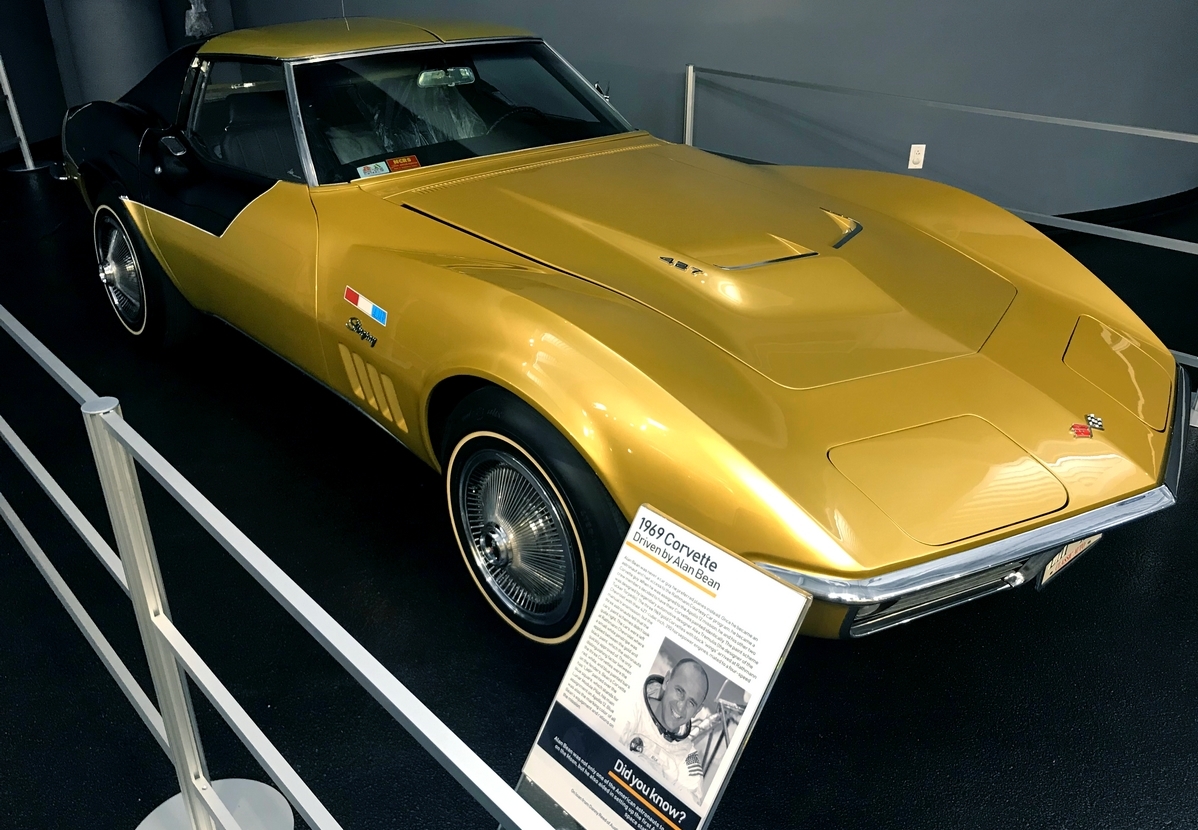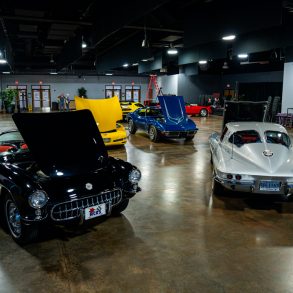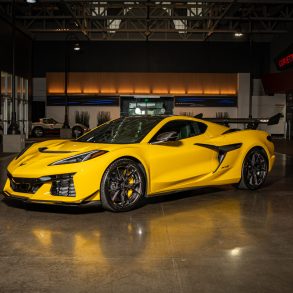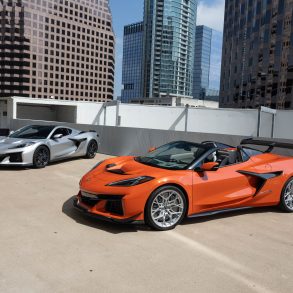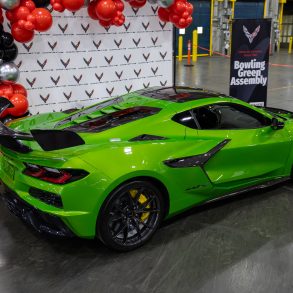The NCM’s “From Gas Station to Space Station” Features Corvettes Owned by Some of America’s Greatest Heroes!
On July 20, 1969, the world watched in spell-bound silence as Neil Armstrong, Commander of the Apollo II, stepped off the ladder of the Lunar Module and became the first human being to step foot on the surface of the moon. This moment, which was the culmination of more than a decades worth of work by thousands of scientists and engineers at NASA (the National Aeronautics and Space Administration), marked the pinnacle of human achievement in space. As an emotional Armstrong stepped off the ladder and down onto the Lunar surface, he spoke the immortal words that would define an era –
“That’s one small step for man, one giant leap for mankind.”
This year marks the 50th anniversary of the first Moon landing. To help commemorate the anniversary of this epic achievement, the National Corvette Museum, in conjunction with NASA and the Marshall Space Flight Center, have assembled a new exhibit titled “From Gas Station to Space Station: How NASA Conquered Low-Earth Orbit.” The exhibit features several Corvettes that were owned by some of the legendary astronauts that helped defined an era. The cars are there to remind and inspire us to recognize that these earlier space pioneers are no different from any of us – with the exception that they dared to dream bigger and, more importantly, reached farther that many would dare to achieve those dreams. Ultimately, the exhibit helps remind us that no goal is out of reach.
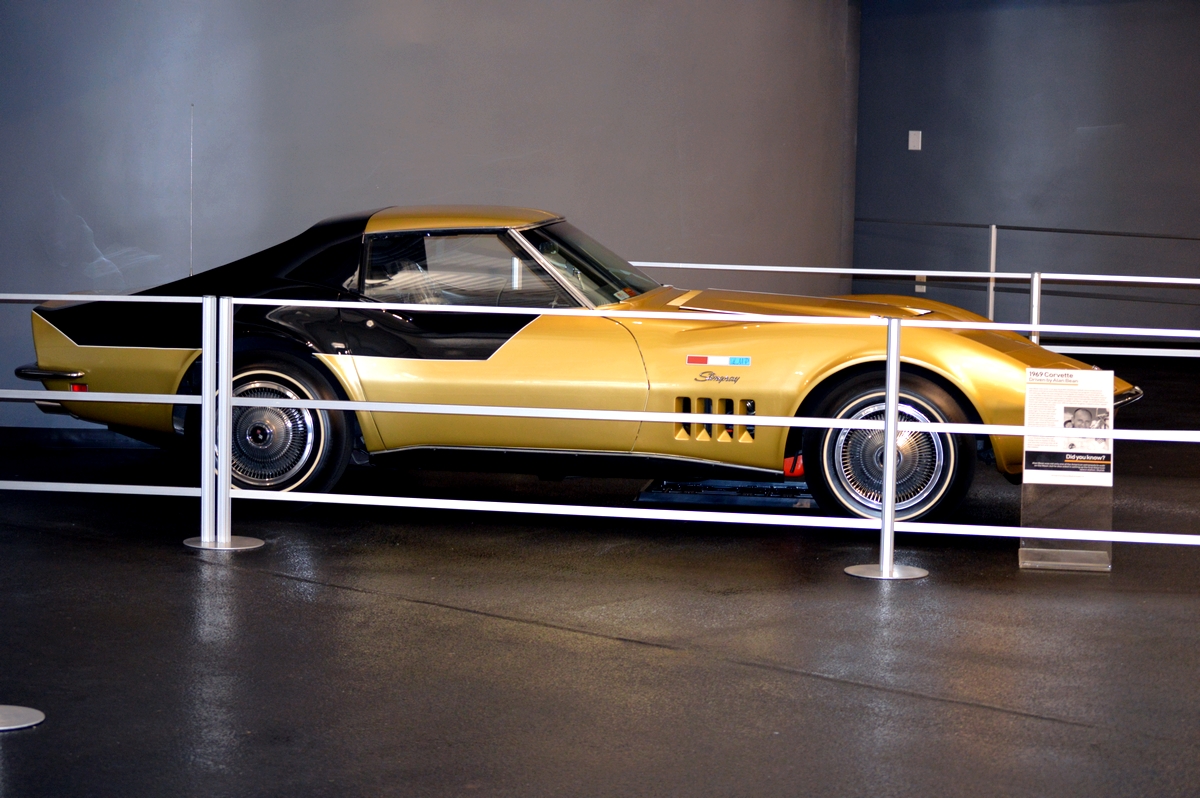
NCM Curator, Derek E. Moore, is looking forward to sharing the stories of the astronauts with visitors to the Museum. “This exhibit shows where we’ve gone since going to the moon and tells the story of where that transformative moment in history has led us,” Derek says. “We’ll be looking at some stories about how one becomes an astronaut and look into how we landed on the moon, and how that is leading us into the future.”
Derek is also excited to highlight a local connection to the space program. “Western Kentucky University has been kind enough to loan us Terry Wilcutt’s actual flight suit, helmet, boots and glove. Col. Wilcutt actually went to Naval Fighter Weapons School (Top Gun) and he has been on four Space Shuttle missions. Getting to see these artifacts up close will give our guests another fascinating look at this history.”
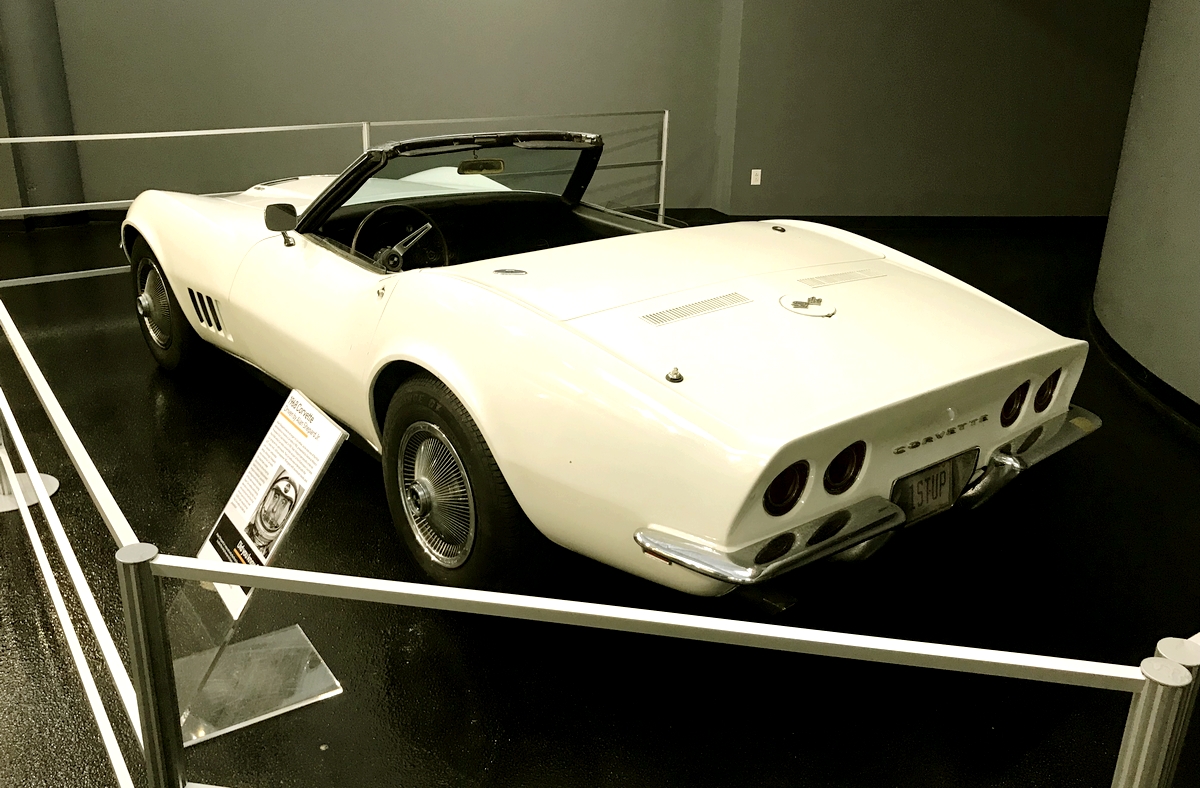
In addition to celebrating the accomplishments made by the astronauts of yesteryear, this new exhibit at the National Corvette Museum also explores the fascinating connection between the space program and America’s sports car.
It should come as no surprise to anyone that the astronauts who piloted those early space craft were also test pilots who pushed the envelope of speed and performance on a daily basis. It was only natural that they would also gravitate towards high-performance automobiles as well. For many of them, the natural choice was the Chevy Corvette.
Alan Shepard was the first astronaut to establish this trend when he drove his 1957 Corvette to the astronaut training facility. When he became the first American to travel into space on May 5, 1961, GM President Ed Cole recognized this incredible accomplishment by giving him a new Corvette
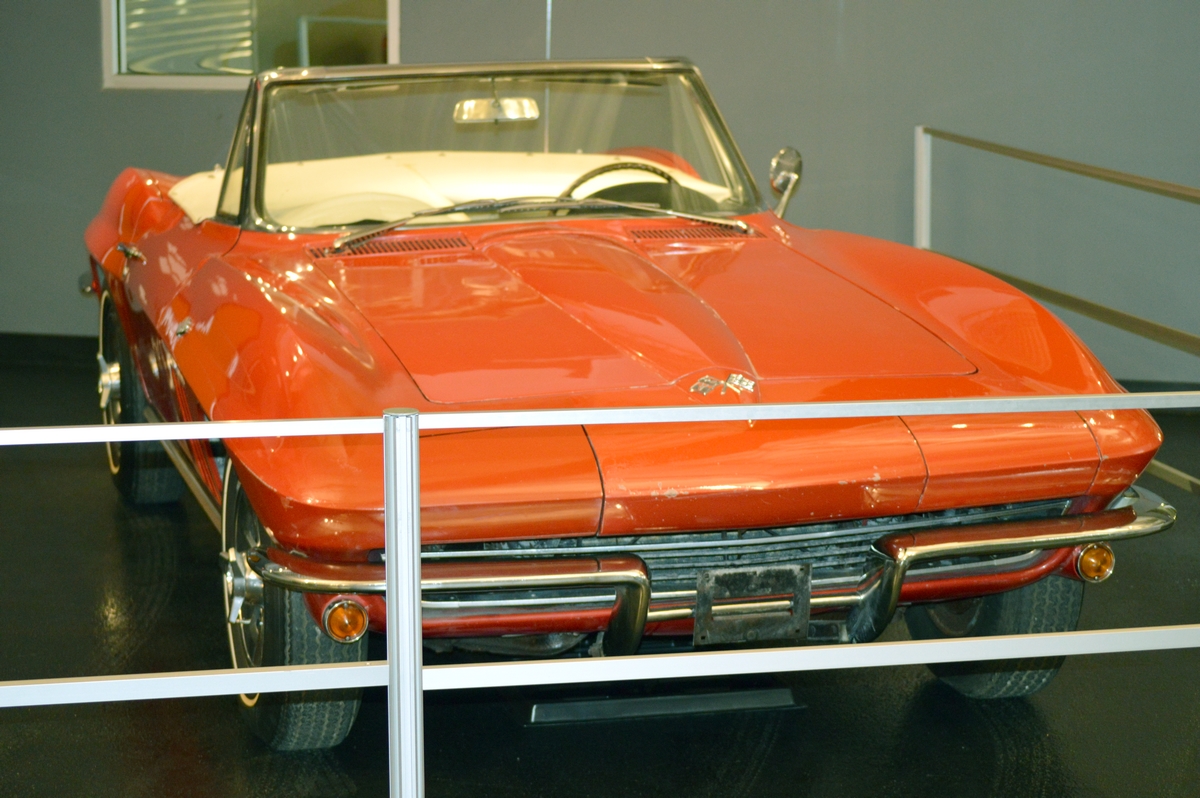
While many Corvette enthusiasts have mused that GM continued to give Corvettes to astronauts throughout the 1960’s, this is not true. In reality, former Indianapolis 500 winner turned Cadillac and Chevrolet Dealer Jim Rathmann was most responsible for putting America’s astronauts in the drivers seat of new Corvettes. Rathmann, whose dealership was located in Melbourne, Florida (near Cape Canaveral), developed and cultivated a “special lease agreement” with GM designed specifically for American astronauts. Common conjecture is that Rathmann was able to lease Corvettes to the astronauts for $1.00! Many of the astronauts – from those in the Mercury Program thru Apollo 12 – took Rathmann up on this unique offer, which forged the connection between the astronauts and the Chevy Corvette.
“Rathmann just got it,” Derek says. “Being a bit of a thrill seeker himself as an accomplished race car driver, he saw Corvette as the perfect car for people who live on the edge. The sleek and fast look of the Corvette went with the personalities of the astronauts, while the power and reactive way that Corvettes handled, appealed to those who have been test pilots and fighter pilots. The fact that it is America’s sports car just completes the picture. Rathmann’s forward thinking on this wound up promoting Corvette at a time when the space age was in full throttle. To honor that aspect of the story, we’re bringing in a few of those cars as well.”
“From Gas Station to Space Station: How NASA Conquered Low Earth Orbit” will be on exhibit at the National Corvette Museum between January 14th – July 30th, 2019.


